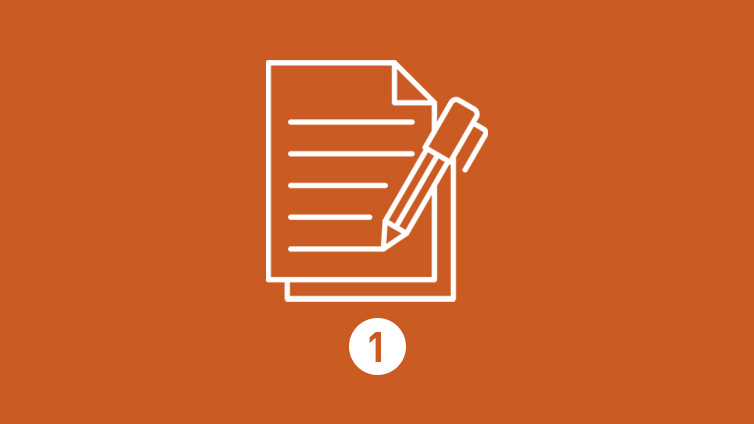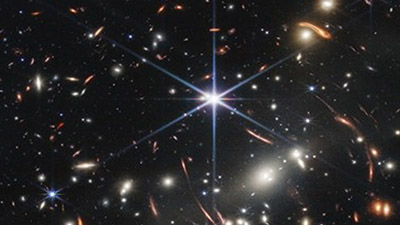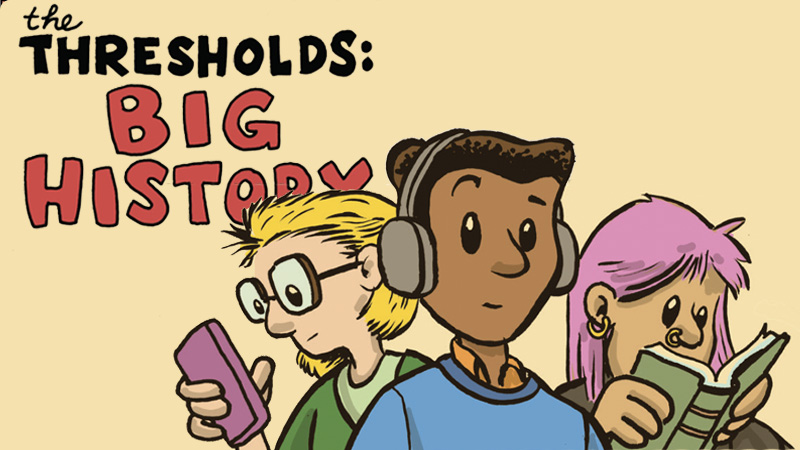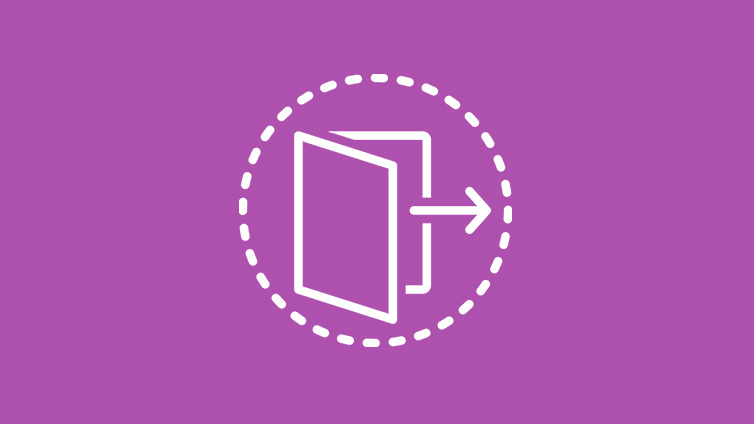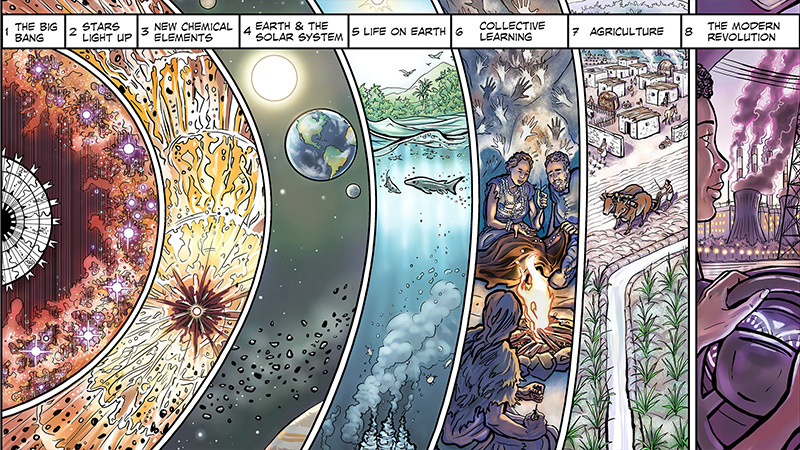Welcome to Big History
Driving Question: How does learning about the history of the Universe help us understand the world today?
Big History covers the 13.8-billion-year story of the Universe—that’s a lot of time and space! But what does that have to do with today? Let’s explore how Big History is different from other history courses.
Learning Objectives:
- Evaluate how Big History is unique.
- Define thresholds of increasing complexity.
Vocab Terms:
- Big History
- complexity
- Goldilocks Condition
- history
- threshold of increasing complexity
- universe
Opener: Welcome to Big History
To teach this lesson step, refer to page 2 of the Lesson 1.1 Teaching Guide.
Our Openers and Closers Guide will provide more information about these short, but important activities at the beginning and end of each lesson.
Okay sure, so this is a different kind of history class—but what is history anyway?
Yes or No? You Decide!
To teach this lesson step, refer to page 3 of the Lesson 1.1 Teaching Guide.
Check out our Writing Guide to learn more about the importance of informal writing in the course.
You’re going to learn a lot in this course—and you’ll use the Unit Notebook to keep track of how your thinking is changing. Let’s see how!
Our Past, Present, and Future
To teach this lesson step, refer to page 3 of the Lesson 1.1 Teaching Guide.
Check out our Reading Guide to learn about the Three-Step Reading approach.
What makes Big History so, well, big? Dig into the activity and article below and ask some important questions.
-
Guiding Questions
-
Before you read
Preview the questions below, and then skim the article. Be sure to look at the section headings and any images.
While you read
Look for answers to these questions:
- Why might you feel both very big and very small when studying the history of the Universe?
- What is history and why is it valuable?
- What is Big History?
- What are thresholds of increasing complexity?
After you read
Respond to this question: When you think about the future, what do you imagine the next threshold might be?
Thresholds of Increasing Complexity
To teach this lesson step, refer to page 4 of the Lesson 1.1 Teaching Guide.
The Universe today is pretty complicated: stars, planets, plants, people, you. But it used to be very, very simple. Examine the images and comic below and consider: what changed?
The Thresholds Gallery
Your Threshold
To teach this lesson step, refer to page 5 of the Lesson 1.1 Teaching Guide.
Our Openers and Closers Guide will provide more information about these short, but important activities at the beginning and end of each lesson.
Thresholds aren’t just for Big History. Think through the thresholds that have shaped your life and made you more complex.
Closer: Welcome to Big History
To teach this lesson step, refer to page 5 of the Lesson 1.1 Teaching Guide.
Curious to know how other teachers use thresholds in their classrooms? Check out this conversation in the OER Project Teacher Community.
Companies create catchy taglines to promote their products. What’s your Big History tagline?



